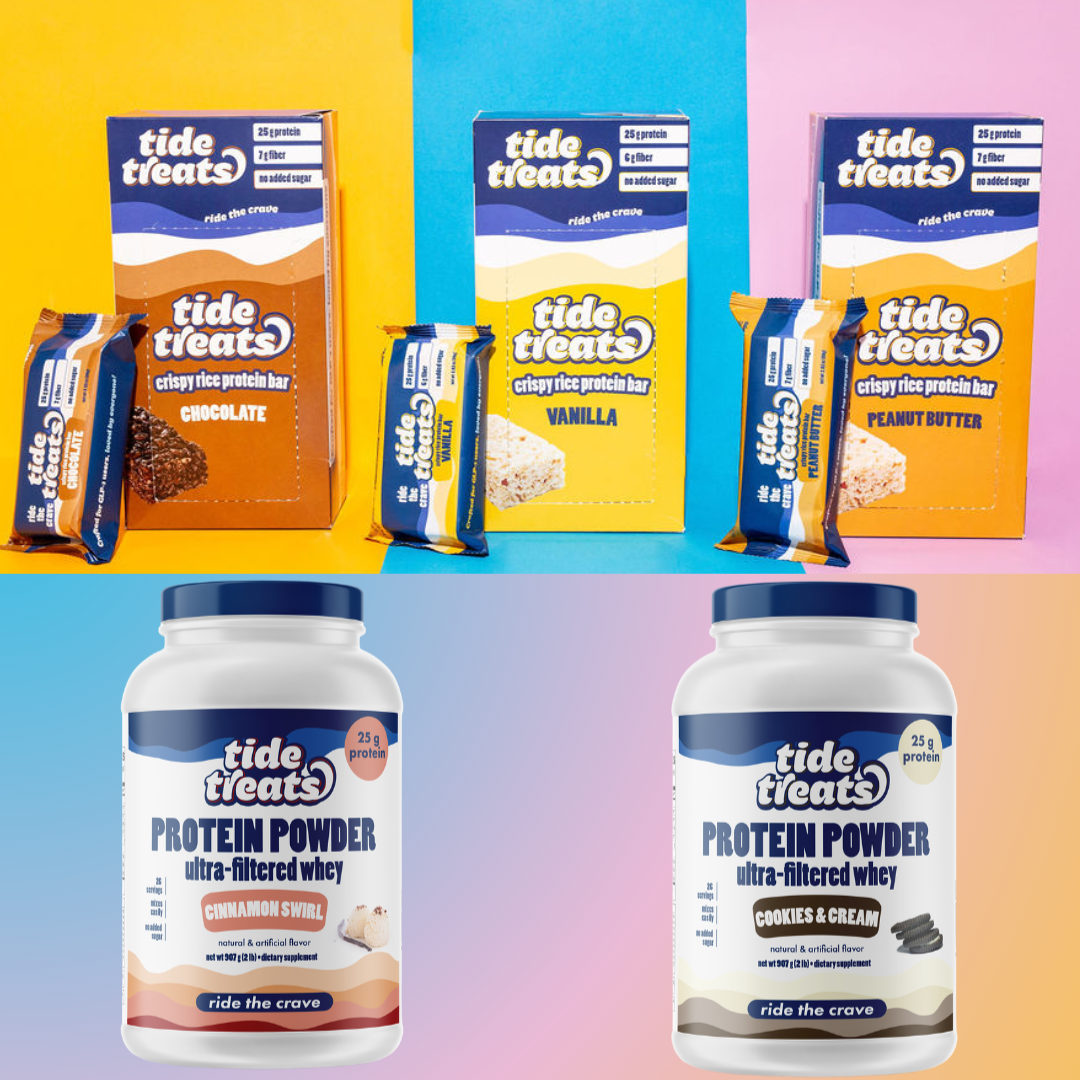Why Fiber Matters!
Why Fiber is Essential When Taking GLP-1 Medications
If you’re on a GLP-1 medication like Ozempic, Wegovy, or Mounjaro, you’ve probably noticed some significant changes in your appetite, digestion, and overall eating habits. GLP-1 medications work by slowing down gastric emptying, increasing feelings of fullness, and regulating blood sugar levels — all of which contribute to weight loss and better metabolic health. But to get the most out of your GLP-1 treatment (and avoid some of the less pleasant side effects), one nutrient stands out as a game-changer: fiber.
Why Fiber Matters on GLP-1
Fiber is a type of carbohydrate that your body can’t fully digest. Instead of being broken down and absorbed like other nutrients, it passes through your digestive system relatively intact, helping to regulate digestion and promote overall gut health. For people on GLP-1 medications, fiber plays an even more important role in managing hunger, improving digestion, and preventing side effects like constipation.
Here’s why fiber is essential when you’re taking a GLP-1:
1. Keeps Digestion Moving
One of the most common side effects of GLP-1 medications is constipation. Since these medications slow down how quickly food moves through your digestive system, your gut needs extra support to keep things moving smoothly. Fiber — especially insoluble fiber — adds bulk to your stool and helps prevent digestive sluggishness.
Sources of insoluble fiber include:
- Whole grains (like brown rice and whole wheat)
- Vegetables (like broccoli and carrots)
- Nuts and seeds
Including these foods in your diet can help prevent that uncomfortable backed-up feeling that can come with GLP-1 treatment.
2. Enhances Satiety and Controls Cravings
GLP-1 medications already work to reduce appetite, but fiber takes it to the next level. Soluble fiber forms a gel-like substance in your stomach, which slows digestion and makes you feel fuller for longer. This effect is especially helpful for managing cravings and preventing overeating during meals.
Top sources of soluble fiber include:
- Oats
- Legumes (like lentils and chickpeas)
- Fruits (like apples and berries)
Pairing a high-fiber meal with your GLP-1 regimen helps you stay satisfied longer and reduces the temptation to snack on less nutritious options.
3. Balances Blood Sugar Levels
GLP-1 medications help regulate blood sugar by improving insulin sensitivity and reducing glucose production in the liver. Fiber further supports this process by slowing down the absorption of sugar into the bloodstream. This prevents spikes and crashes in blood sugar, keeping your energy levels more stable throughout the day.
For better blood sugar control, focus on:
- Leafy greens
- Whole grains
- Beans and legumes
Adding fiber-rich carbs instead of refined ones helps keep your glucose levels in check and reduces the risk of post-meal energy crashes.
4. Feeds Your Gut Microbiome
A healthy gut is key to overall health, especially when you’re making changes to your diet and metabolism. Fiber acts as a prebiotic, feeding the beneficial bacteria in your gut and promoting better digestion and nutrient absorption. A healthy gut microbiome can also improve your mood, immune function, and even how well you respond to GLP-1 medications.
Foods that feed your gut bacteria include:
- Garlic and onions
- Asparagus
- Bananas
5. Helps with Weight Loss
Ultimately, the goal for most people on GLP-1 medications is weight loss — and fiber supports that goal in multiple ways. By keeping you full, improving digestion, and helping regulate blood sugar, fiber makes it easier to stick to a calorie deficit without feeling deprived. Research shows that people who eat more fiber tend to weigh less and have an easier time maintaining their weight loss.
How to Get More Fiber on a GLP-1
The recommended daily intake of fiber is 25–30 grams per day, but most people don’t even come close to that. When you’re on a GLP-1, hitting that target is even more important. Here’s how you can boost your fiber intake without feeling overwhelmed:
✅ Start your day with oatmeal or a high-fiber cereal.
✅ Add chia seeds or flaxseeds to smoothies or yogurt.
✅ Snack on fruits like berries, apples, or pears.
✅ Choose whole grains over refined ones (brown rice > white rice).
✅ Include beans, lentils, and chickpeas in soups, salads, or side dishes.
The Bottom Line
Fiber is a powerhouse nutrient that complements the benefits of GLP-1 medications while helping to manage side effects like constipation and blood sugar spikes. Prioritizing fiber-rich foods not only supports weight loss but also improves overall digestion, satiety, and gut health. If you’re on a GLP-1, increasing your fiber intake is one of the easiest and most effective ways to feel better, lose weight more effectively, and maintain long-term success.
Need a quick, high-fiber snack that fits your GLP-1 goals? Tide Treats protein bars deliver 6g of fiber and 25g of protein in every bar — perfect for keeping you full and fueled between meals. Try one today and experience the difference!


